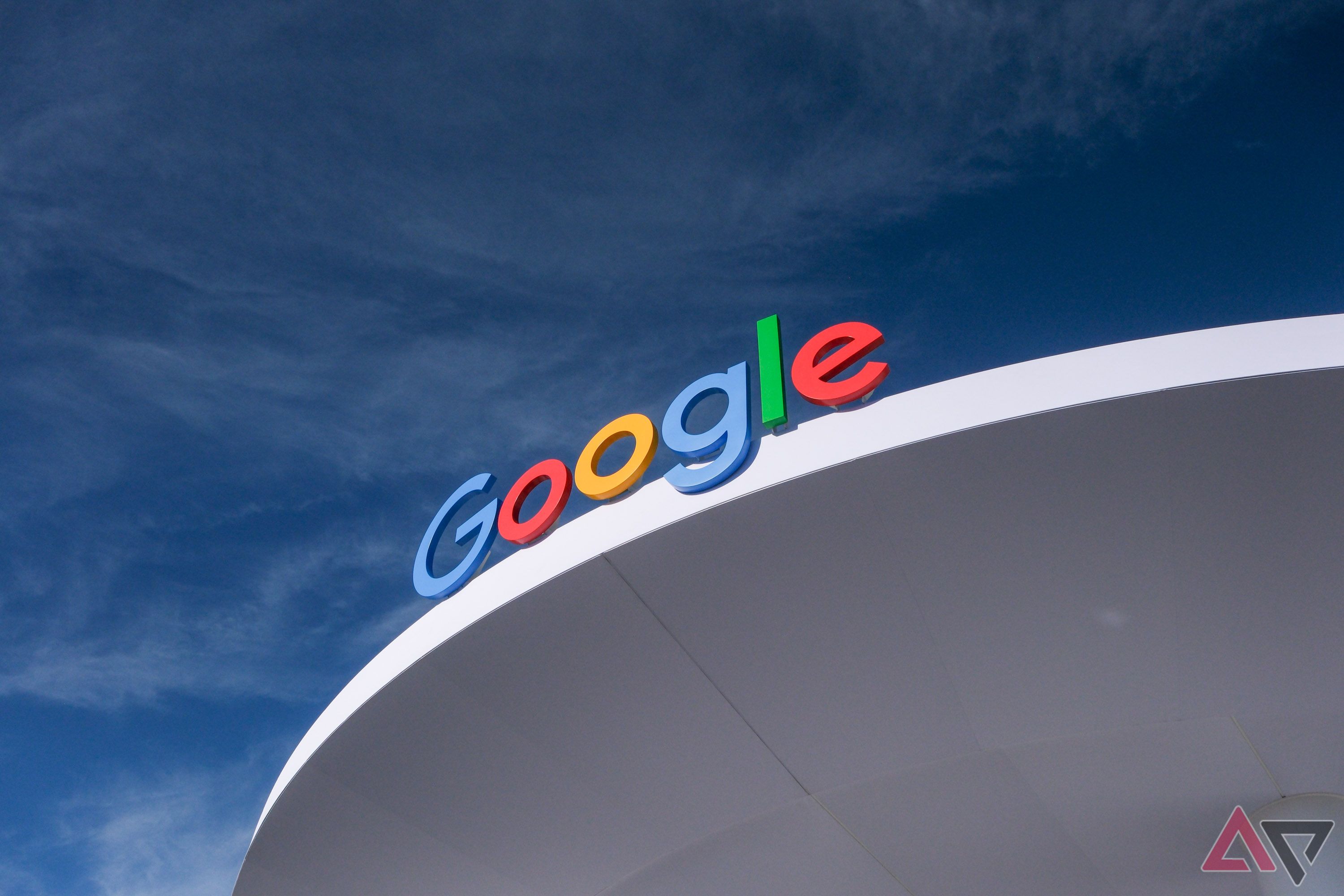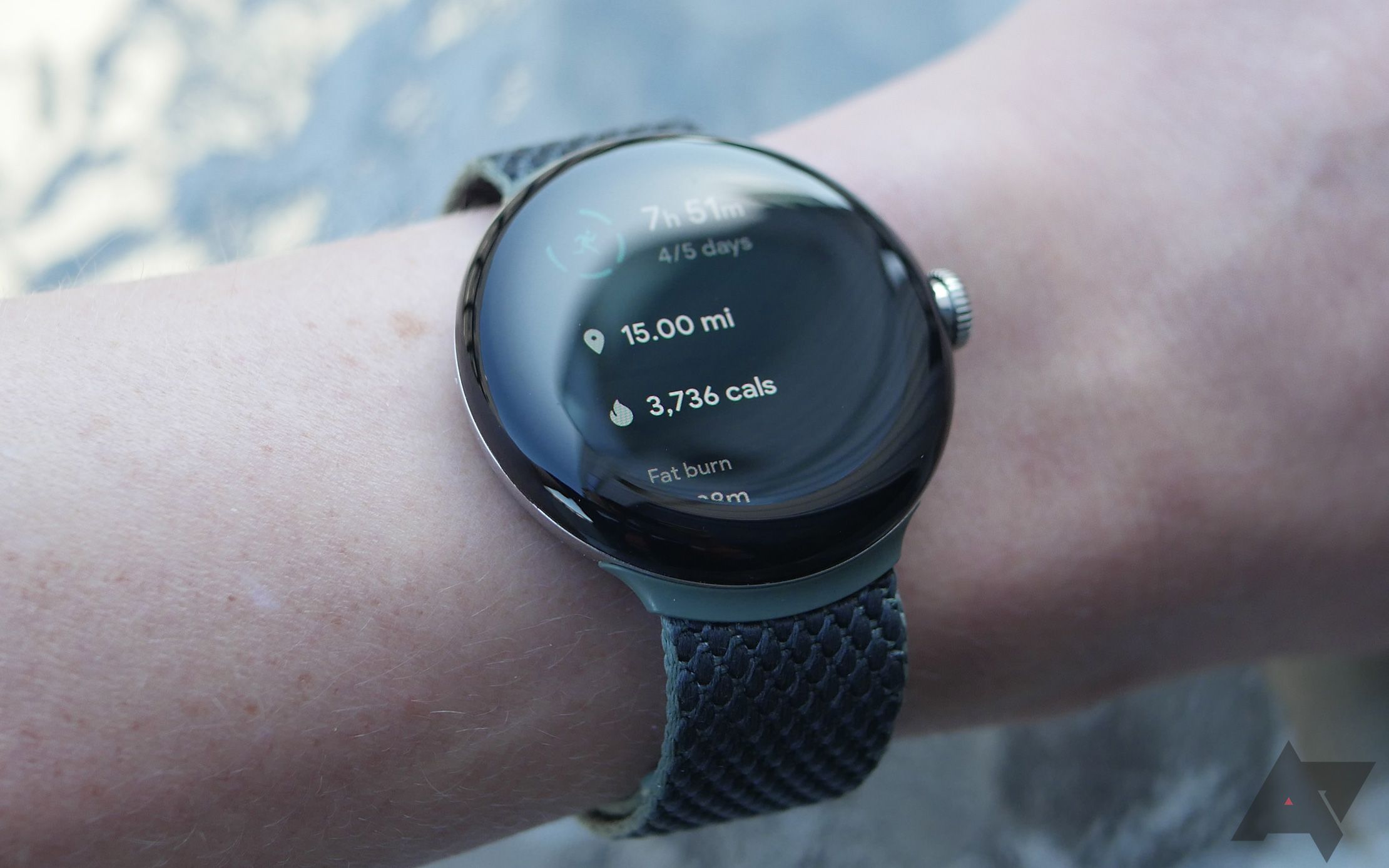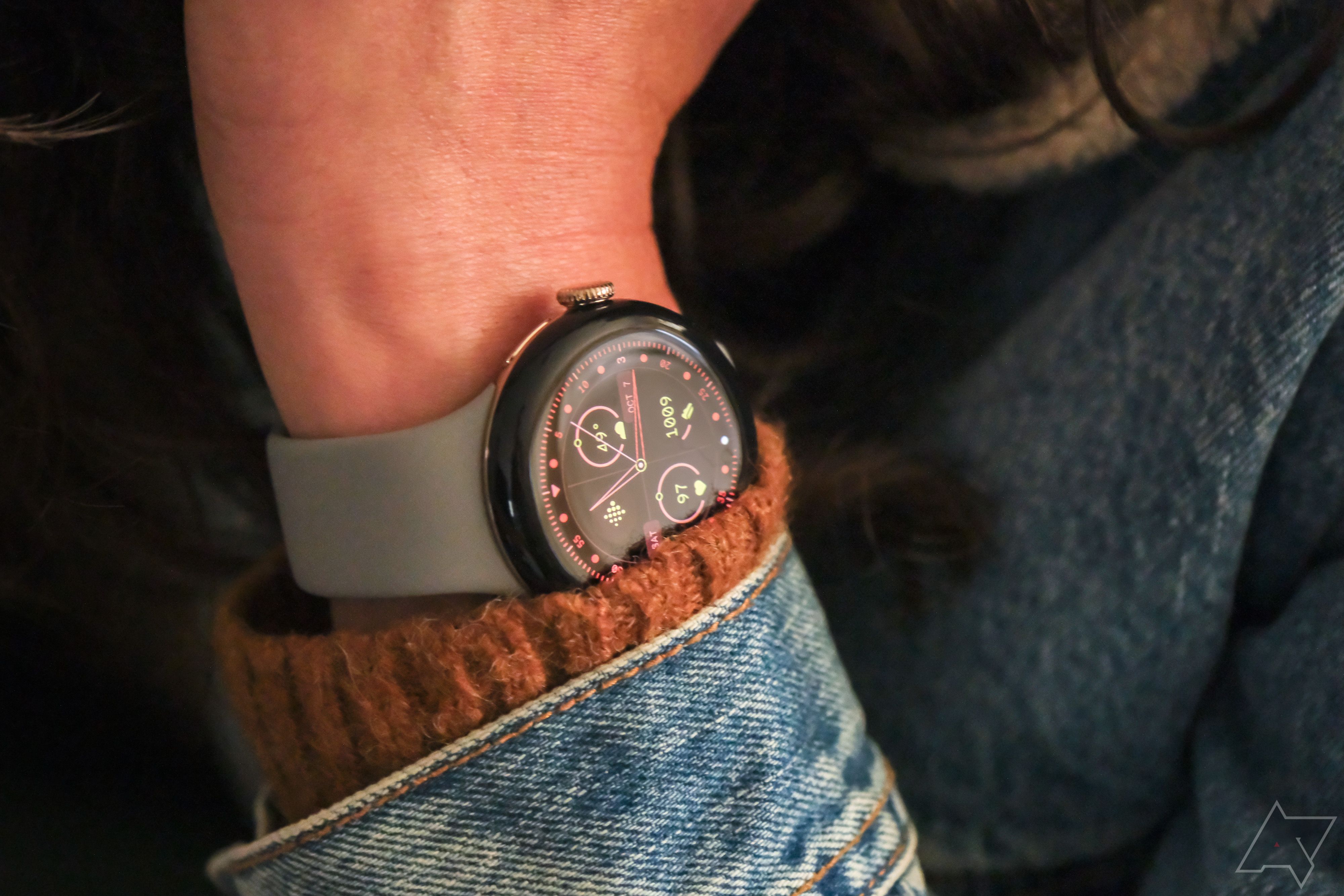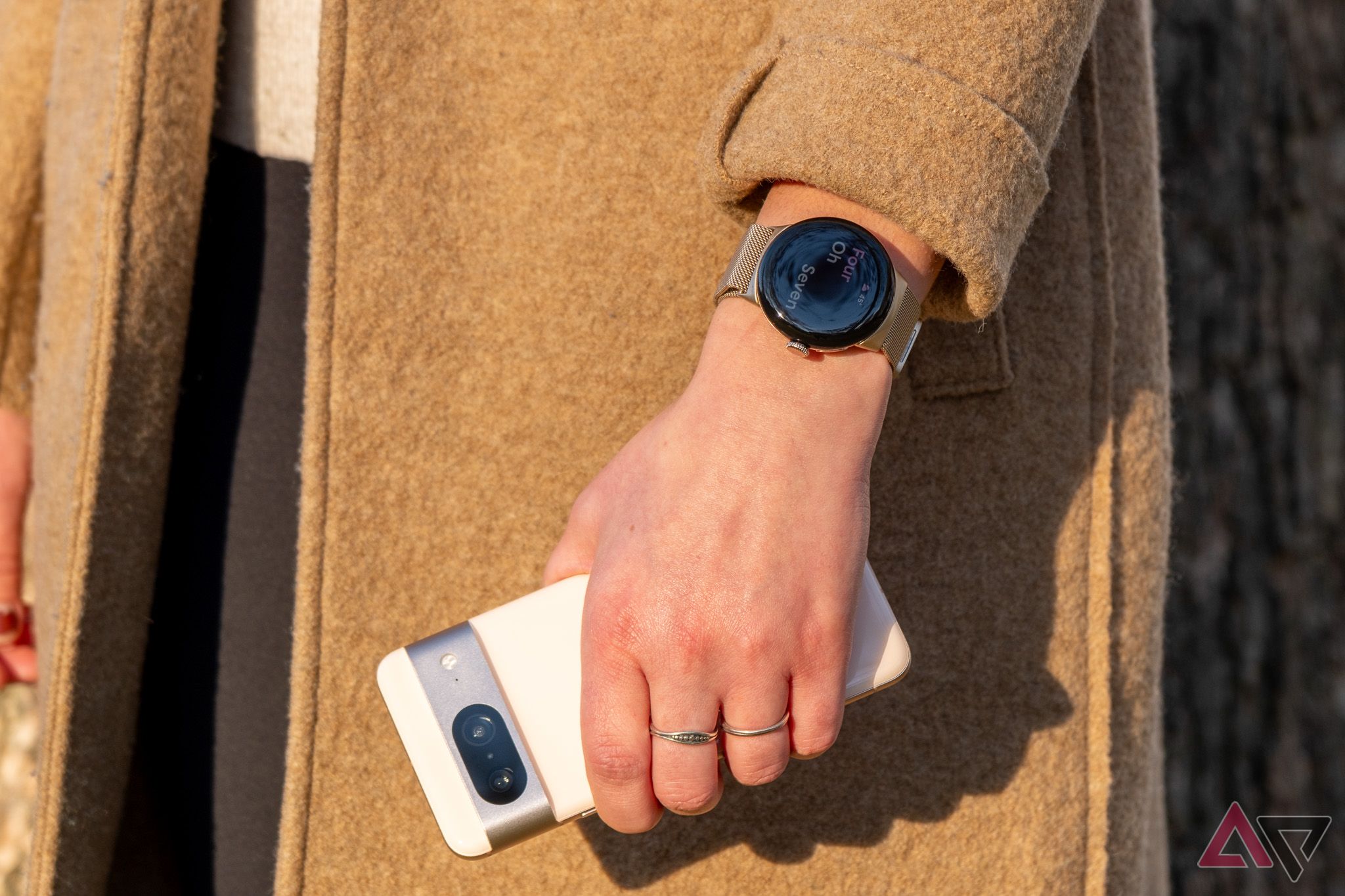It’s been more than three years since Google completed its Fitbit acquisition, which seemed like a monumental leap for the former’s wearables efforts at a time when the Pixel Watch didn’t exist. But the search giant couldn’t reap much benefit from this high-profile takeover, even after its first Pixel-branded smartwatch launched. But Google has lately been doing some internal rejigging to change how Fitbit fits within its larger product ecosystem, and the recent name change to Google Fitbit is only the first act.
It is becoming Google’s Fitbit
And there is no going back from here
Fitbit was the fitness tracker brand to beat back in the day, holding its own against the Apple Watch’s mounting popularity. When Google announced the takeover, it seemed like it could finally have a real smartwatch division, and a successful one, from the get-go. However, not a lot has changed on Google’s end. Fitbit continued to make and market its own products along with its separate premium service, while the first Pixel Watch didn’t turn out to be a particularly strong fitness tracker, despite the availability of Fitbit’s expertise.
In the last year or two, though, Google has switched gears and gripped the steering wheel more firmly than ever. While changing Fitbit’s name to Fitbit by Google and now to Google Fitbit (which we hope is the last rebrand) is one part of the story, there is much more happening behind the scenes.

Google layoffs hit Assistant, AR teams, and Fitbit co-founders
The company is slowing down AR just as Apple gets ready to launch the Vision Pro
The entire tech industry was marred by mass lay-offs, and Google wasn’t untouched. In a recent round, Google laid off a large chunk of its employees, including Fitbit co-founders James Park and Eric Friedman, along with a few other Fitbit members onboarded during the acquisition. An internal team reshuffle followed, gathering all of Google’s hardware divisions — Pixel, Nest, and Fitbit — under a single team lead. This move is a clear sign that Google is taking full charge of Fitbit, asserting its own vision henceforth.
But what is changing for you?
A lot, actually
Perhaps the most notable change you’re already seeing is the Fitbit-Google account merger. You can already ditch your Fitbit account and transfer data to your Google account. And Google is arm-twisting users to use a Google account; for instance, you absolutely need a Google account to use Fitbit features on the Pixel Watch 2. Starting in 2025, all Fitbit users must make the switch, while new sign-ups already require a Google account.
While a single account is convenient for users and Google alike, the account merger raises some privacy questions. Your Google account’s account policy allows the company to process your data to serve you ads, but you wouldn’t want your sensitive fitness data spanning years to be used for that.

How to transfer your Fitbit account to a Google account
You’ve got until 2025, but why wait?
Besides that, Google is also shrinking Fitbit’s market reach by pulling out of a few prominent markets to match the rather limited availability of Pixel hardware. Even though this move makes business sense for better product distribution management, the actual users in the affected regions won’t get access to new products, while also leaving a bad taste in the mouths of those who only recently bought a Fitbit tracker, trusting Google’s brand cachet.
Thankfully, not everything is going south. Fitbit Premium exists separately as a $10-a-month subscription for additional features like access to detailed metrics and workout coaching. While we aren’t a fan of its usability and the kind of value it delivers, Google has folded Fitbit Premium (and even Nest Aware) Google One’s 2TB plan, at least in the UK. That makes it a much better value proposition, and we hope that we see better Fitbit Premium integration in Google’s own products, like the Pixel Watch 2.
Wait, I’ve heard this before
This chain of events sounds very familiar, right? That’s because Google is simply repeating its script with Nest. Google bought Nest in a whopping $3.2 billion deal about a decade ago, but its account integration is still a mess. Some new Nest products require the Google Home app, while the Nest app is still around, so certain products function properly.
At this point, we all know that only Google can pull off a mess like this. But I still hope that history doesn’t repeat itself when Google merges the Fitbit app into its own Fit app, if that happens at all.
Things could look different going forward
Less of Fitbit, bit by bit
The Pixel Watch may exist as a separate product from the Fitbit lineup, but it still uses the Fitbit app for its fitness metrics. It may sound confusing, but it’s actually a good thing that Google decided to rely on an existing, proven platform instead of using its own that’d have teething problems around fitness metric accuracy. But that integration has to go deeper at some point.
Hardware-wise, it really doesn’t make sense to have two separate smartwatch lineups, especially when Google has its own smartwatch OS. Wit its hardware department’s internal merger, it cannot be clearer that Fitbit products will be handled directly by Google. There’s also a good chance that Fitbit Versa and Sense watches may cease to exist entirely or get a Wear OS makeover as a budget alternative to counter the Apple Watch SE. But I do want the Fitbit fitness bands to continue as is since they offer excellent entry-level options for those who don’t want a big smartwatch on their wrists.
But at the end of the day, Fitbit is now all-in-all a Google division and not an entity that has an identity distinct from Google’s — the recent Google Sans font facelift to the Fitbit wordmark is a testament to that. It is becoming clearer that Fitbit is standing in the background among the supporting cast with Pixel in the spotlight. That’s how it’s going to be.






